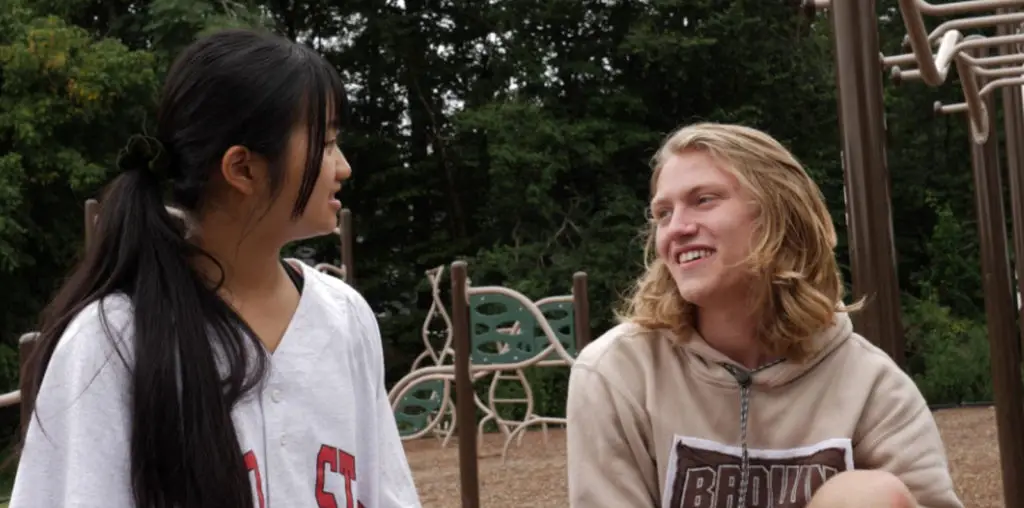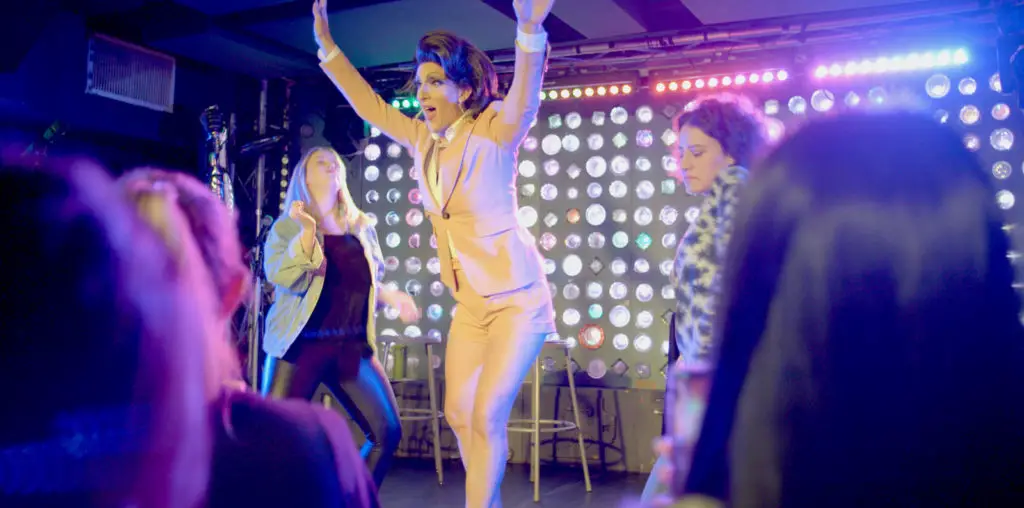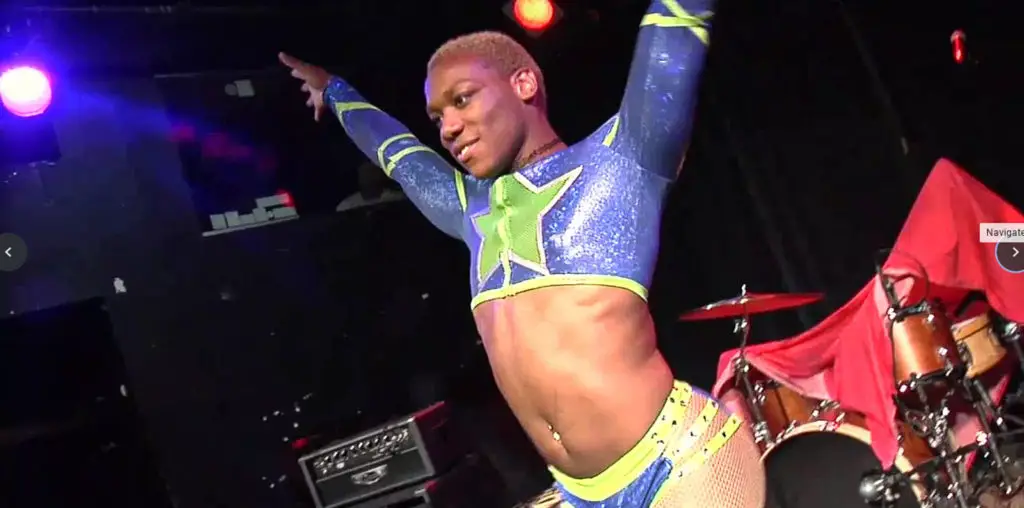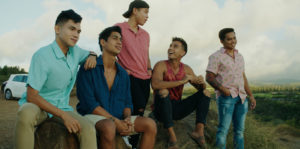
In director Keli’i Grace’s My Partner, two high school boys in Hawaii from different social classes embark on a romance that surprises them both. Pili (Kaipo Dudoit) is a muscular jock, a local Hawaiian, where Edmar (Jayron Munoz) is a bookish Filipino, an immigrant. Each of the boys runs with their own crowd, and there is tension between the groups. The Filipinos are poor and catch fish to supplement family food. The Hawaiian boys take offense at this, as they are protective of the local wildlife.
This dust-up establishes the groups as natural enemies, so Edmar is dismayed when he is assigned Pili as a partner in a school project. Edmar is driven and anxious, whereas Pili is nonchalant and disengaged. Edmar pleads with the teacher to let him complete the project solo, but she insists that collaboration is a critical life skill and says both will fail if the project is not submitted together.
As they struggle to focus, they wind up spending as much time getting to know each other and their disparate families as they do working on the project. A grudging friendship forms which blossoms into a romance.
Grace infuses this film with the cinematography of Hawaii and adds frequent breaks in the dialog to depict people together with soft music. Everyone in the cast is young and attractive. Much of the runtime is spent with wispy, soft-focus shots of life in a context that is simply a tropical paradise. Make no mistake, this film is a lighthearted romance. The stakes are never desperate, and we know all conflicts will be resolved with everyone hugging it out. The performances are in line with this soft approach. They are good but not particularly dramatic.
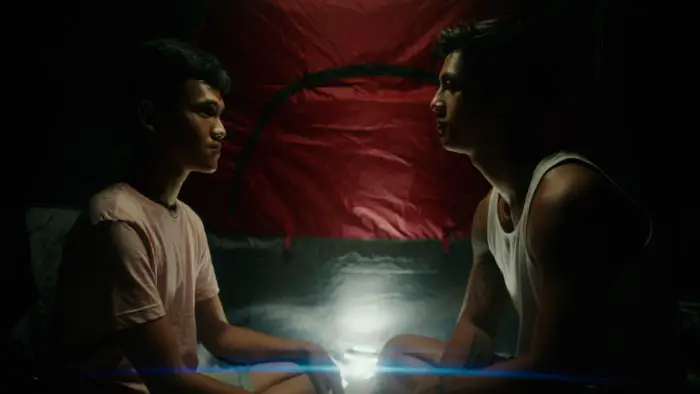
“…Edmar is dismayed when he is assigned Pili as partner in a school project…”
Due diligence for this film unearthed information that was new to this critic. My Partner falls solidly into a genre called “Boys Love,” which is different from typical LGBTQ media. Wikipedia details: “Boys love is a genre of fictional media originating in Japan that features homoerotic relationships between male characters. It is typically created by women for a female audience and is thus distinct from homoerotic media marketed to gay men, though BL does also attract a male audience and can be produced by male creators.”
Frankly, I’m not going to pretend to understand a genre of stories about gay male romance designed for young women, but then I don’t have to. Acceptance of other cultures is often challenging but crucial and usually rewarding. Infinite Diversity in Infinite Combinations is how the universe is organized.
This is an interesting story, particularly given the cultural mix of Hawaiian and Filipino aspects. The film also includes dialogue in English, Hawaiian, and Tagalog, which adds to the rich, diverse fabric. As for the homoerotic aspect, historically, the islands have gone back and forth on the issue of same-sex love. Pre-colonial Hawaiian culture was friendly to same-sex relationships. Once the White settlers and missionaries came, these relationships were stigmatized and driven underground. As with most of history, it’s a case of a diverse culture thriving peacefully, “and then these a******s show up.” Now, a newly vibrant LGBTQ community is emerging.
My Partner is a slick, polished romance targeted at a specific audience. Even if you aren’t part of that demographic, Grace manages to infuse this wispy-thin cotton candy film with culturally and historically significant elements that inform and entertain.
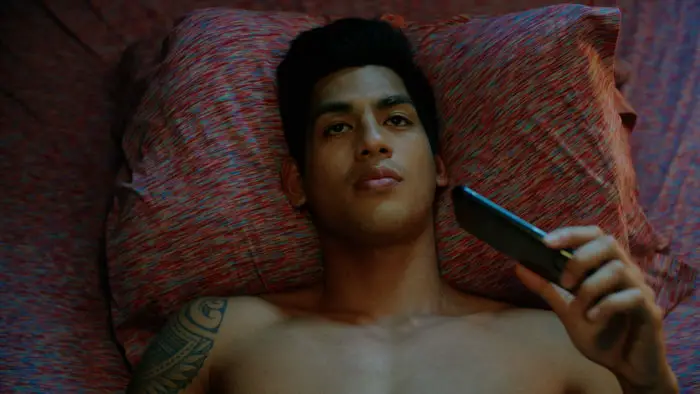
"…Grace manages to infuse this wispy-thin cotton candy film with culturally and historically significant elements..."
